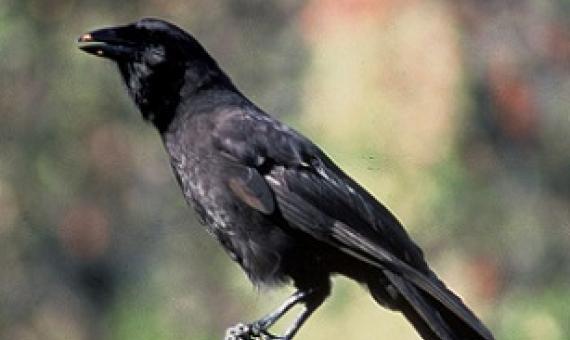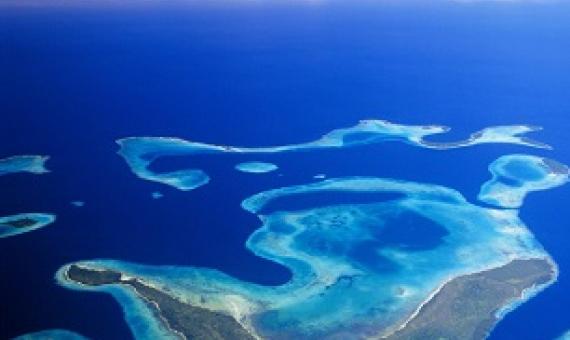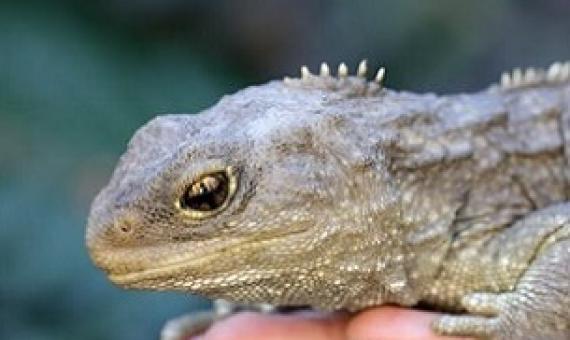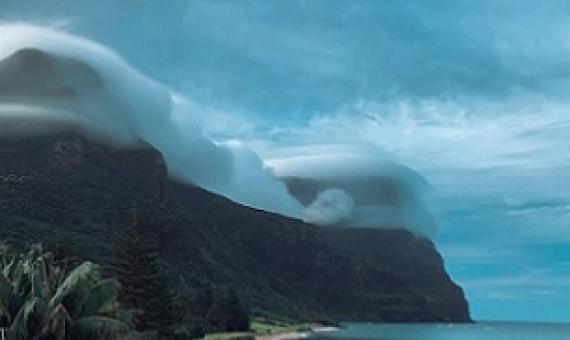A new study led by the University of Oxford is the first to quantify the day-to-day barriers that conservation workers face as they try to conserve and manage island ecosystems around the world. The results have been published today in the journal People and Nature.
The fate of terrestrial biodiversity during an oceanic island volcanic eruption
Volcanic activity provides a unique opportunity to study the ecological responses of organisms to catastrophic environmental destruction as an essential driver of biodiversity change on islands. However, despite this great scientific interest, no study of the biodiversity at an erupting volcano has yet been undertaken. On La Palma (Canary archipelago), we quantified the main species affected and their fate during the 85-day eruption (September–December 2021). Our main objective consisted of monitoring the biodiversity subjected to critical stress during this volcanic eruption.
The impacts of invasive alien species, habitat loss and climate change are compounded in small island nations, which are highly dependent on biodiversity for their economic and social wellbeing.
Scientists’ warning – The outstanding biodiversity of islands is in peril
Despite islands contributing only 6.7% of land surface area, they harbor ~20% of the Earth’s biodiversity, but unfortunately also ~50% of the threatened species and 75% of the known extinctions since the European expansion around the globe. Due to their geological and geographic history and characteristics, islands act simultaneously as cradles of evolutionary diversity and museums of formerly widespread lineages—elements that permit islands to achieve an outstanding endemicity.
Scientists are sounding the alarm. The biodiversity of islands around the world is becoming increasingly threatened, due in large part to habitat loss, overexploitation, invasive species and climate change.
Prime Minister Voreqe Bainimarama says Pacific Island biodiversity is under intense pressure from climate change and human-induced disturbances. In his capacity as Chair of the Pacific Islands Forum, Bainimarama delivered a bold statement at the UN Food Summit.
The forests of Hawaii island are the historical home of the Hawaiian crow, also known as the alala.
Endemic species on islands, especially plant species, are at the greatest risk of disappearing because of climate change, a study has found.
Islands are biodiversity hotspots. They are home to 20% of the world's plants and animals yet cover only 5% of the global landmass. But island ecosystems are highly vulnerable, threatened by habitat fragmentation and introduced invasive weeds and predators.
Ecologist Ian Hutton has lived on World Heritage-listed Lord Howe Island for 40 years and says it's a thrilling life, surrounded by pristine waters and subtropical forests. Mr Hutton said there were still discoveries to be made on the island, which lies about 600 kilometres east of mainland

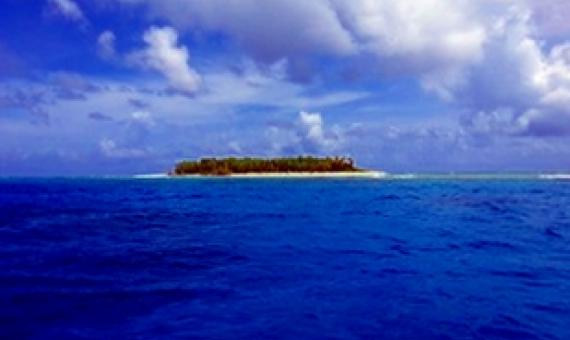
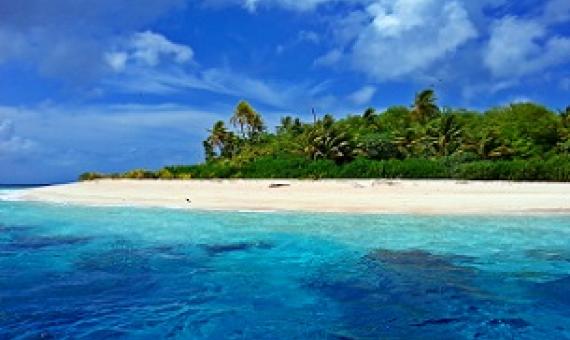
![PRIME MINISTER VOREQE BAINIMARAMA [SOURCE: FIJIAN GOVERNMENT] PRIME MINISTER VOREQE BAINIMARAMA [SOURCE: FIJIAN GOVERNMENT]](/sites/default/files/styles/news_teaser/public/FijiPM_FoodSUMMIT_UN_sm.jpg?itok=ZnRDzNbJ)
